Soluciones
La gama de negocios de construcción de caballos se extiende a todo el mundo y sirve a miles de clientes con productos, orientación técnica especializada en construcción, y somos testigos del reinicio de la marca china con ellos.
At present, the commonly used reinforcement methods in China are mainly FRP composite reinforcement, steel plate bonding, enlarged cross-section and other methods. From the above analysis, FRP composite reinforcement method has obvious advantages, and has good economic benefits, will be widely used in structural engineering.
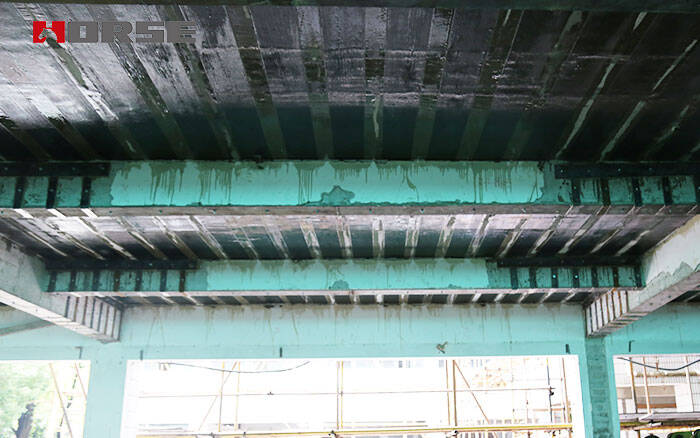
The development of civil engineering depends to a great extent on the application and development of new materials and technologies with excellent properties. In the field of reinforcement and reconstruction of existing structures, it is not only required that the materials are economical, beautiful and convenient for construction, but also that the bearing capacity of the structures after construction can be significantly improved. FPR composites play an increasingly important role because of their excellent mechanical properties and wide applicability.
1 Environmental Impact
In areas with high alkalinity and high humidity, carbon fiber composites should be chosen instead of glass fiber composites. The thermal expansion coefficient of glass fiber is similar to that of concrete in the region where the temperature varies greatly, so it is suitable to choose glass fiber. Fiberglass and aramid fibers are good insulators, while carbon fibers are conductive. In order to avoid potential current corrosion of steel bars, carbon fibers should not be in direct contact with steel bars.
2 Load effect
The aramid fiber and glass fiber composites should be preferred for structures which often bear impact or vibration loads. Their toughness and impact resistance are better than those of carbon fiber composites. For structures requiring creep and fatigue resistance, carbon fiber composites should be preferred. The creep and fatigue resistance of carbon fiber materials is much better than that of aramid fiber and glass fiber materials.
3 protective layer effect
The thickness and type of the protective layer shall be selected according to the requirements of the FRP composite material. Effective measures should be taken to protect the environment (such as humidity, temperature, impact, exposure, etc.), the construction site resistance and the resistance to man-made destruction, so as to avoid the mechanical properties of FRP composites decreasing.
The protective layer is usually used in two ways: 1. Thickening the resin adhesive layer on the FRP composite to provide an elastic protective layer. (2) a high strength cement mortar was applied to the outer surface of the FRP composite material to protect the FRP composite material from damage.
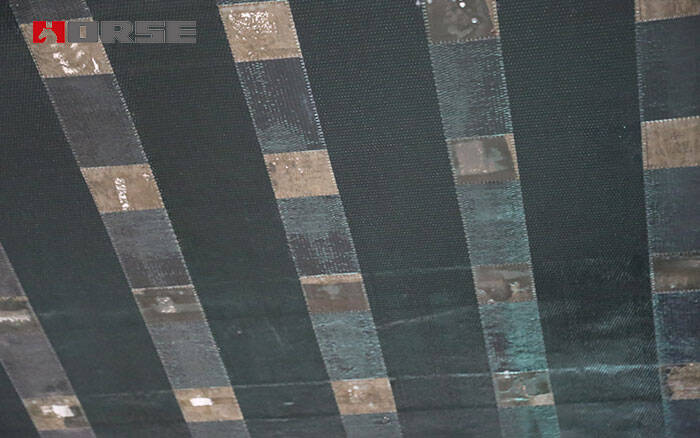
Since now and for a long time to come, the maintenance, reinforcement and transformation of various types of bridges and housing structures will become the focus of construction projects. At present, the commonly used reinforcement methods in China are mainly FRP composite reinforcement, steel plate bonding, enlarged cross-section and other methods. From the above analysis, FRP composite reinforcement method has obvious advantages, and has good economic benefits, will be widely used in structural engineering.
Puede encontrar cualquier cosa que necesite, confíe en probar estos productos y encontrará la gran diferencia después de eso.
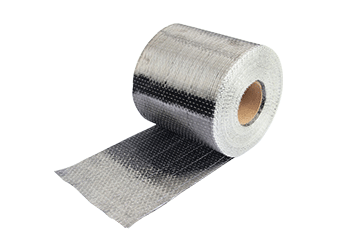
Tejido de fibra de carbono unidireccional de alta resistencia para refuerzo de compuesto de polímero reforzado con fibra (FRP).
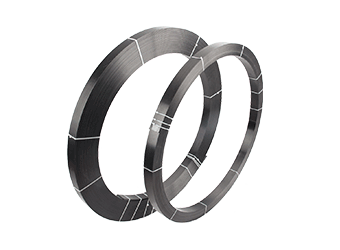
Lámina de fibra de carbono pultruída para reforzamiento de estructuras
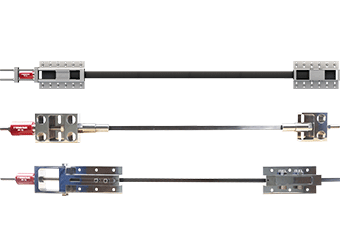
Placa / laminado / banda de polímero pretensado reforzado con fibra de carbono (CFRP) para la losa, refuerzo del haz